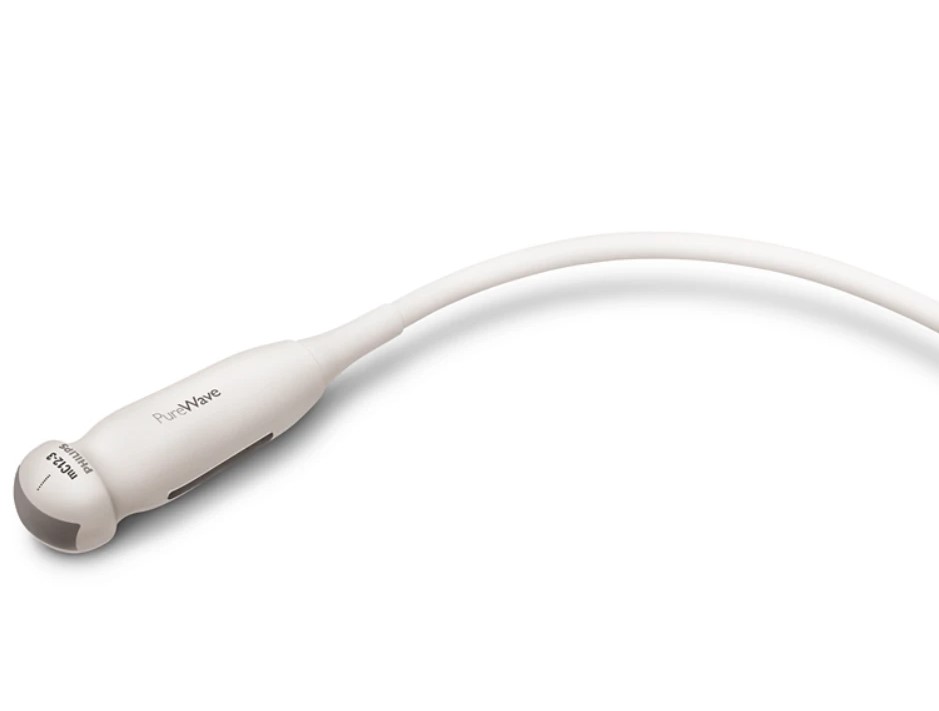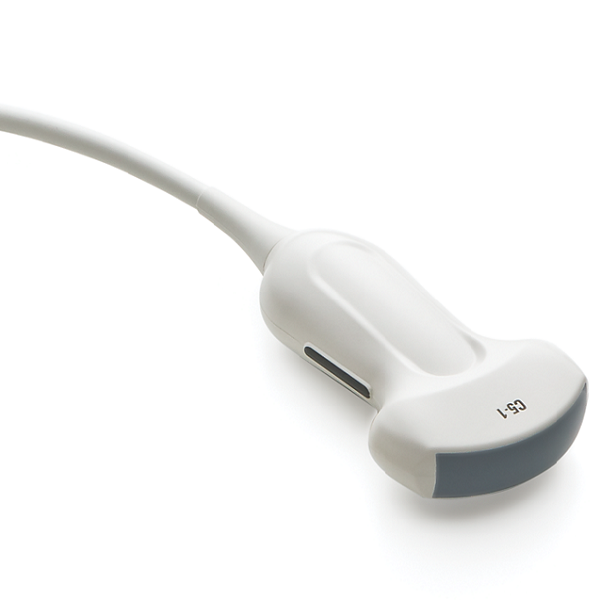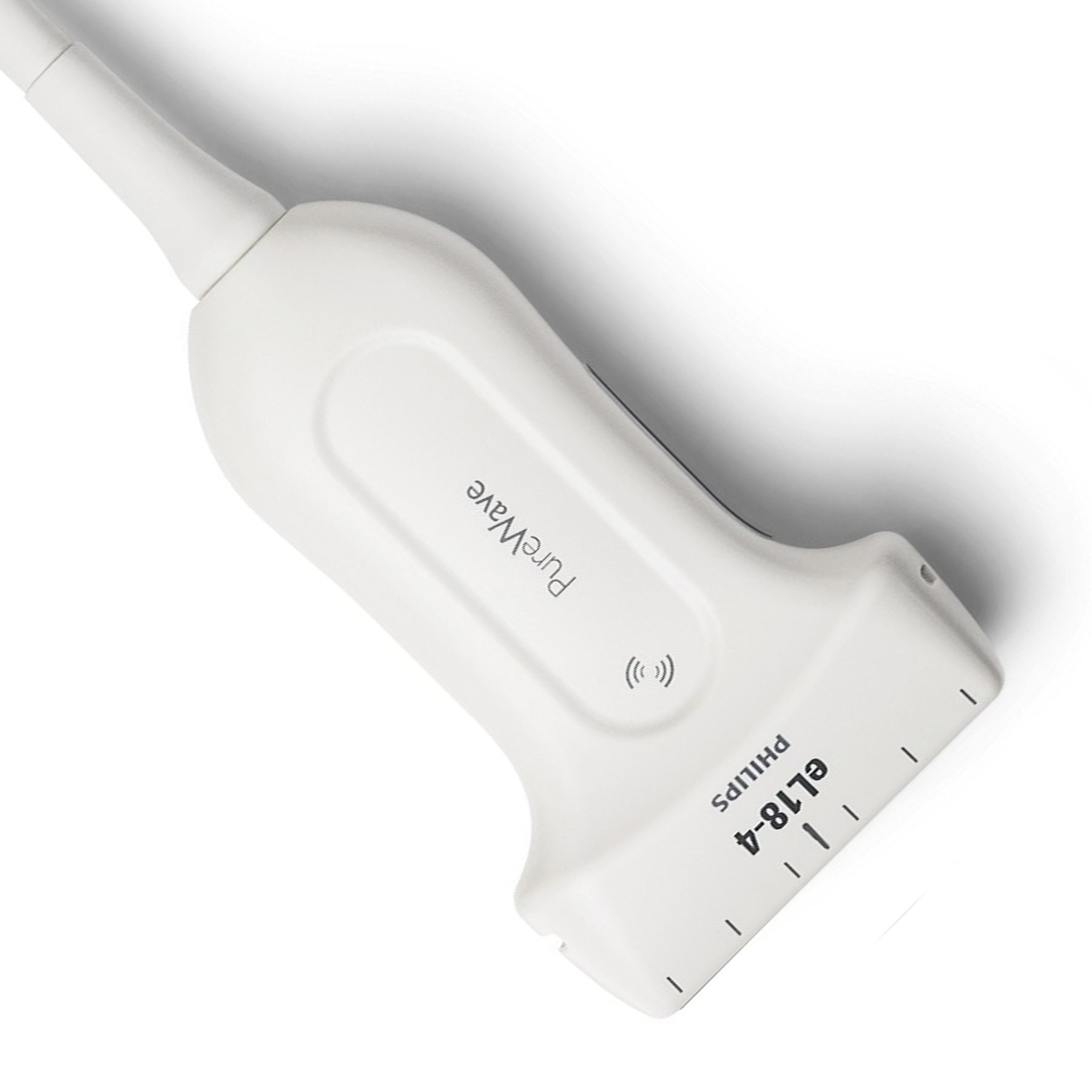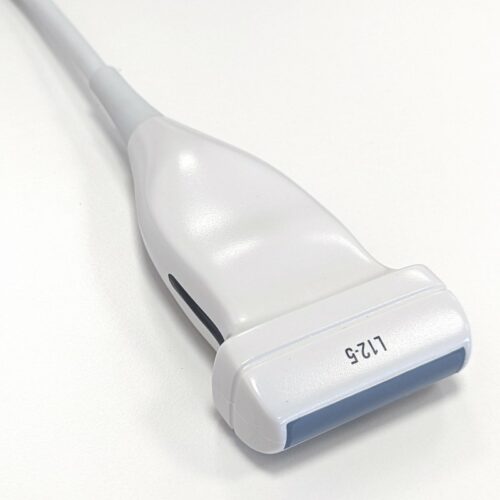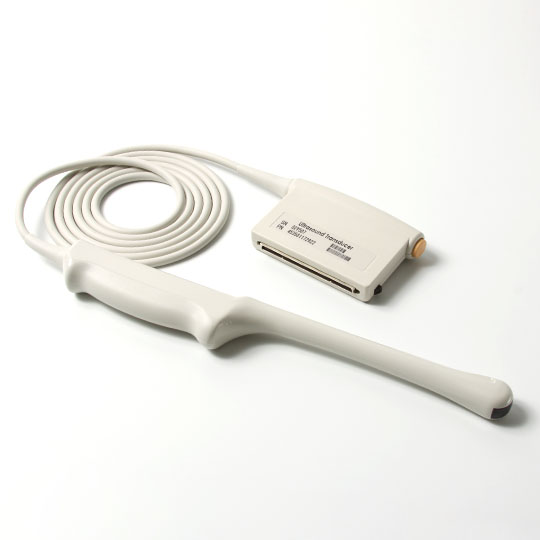In the ever-evolving field of medical imaging, ultrasound technology stands out as a pivotal tool that has transformed diagnostic practices. Among the various components of ultrasound systems, probes are fundamental, with linear and curvilinear (curved) probes being two of the most commonly used types. These probes differ significantly in design and application, making it crucial for medical professionals to understand their unique attributes. This article delves into the differences between linear and curvilinear ultrasound probes, their specific uses, and how to choose the appropriate probe for different clinical scenarios to ensure optimal imaging results.
Linear Ultrasound Probes
Linear ultrasound probes, also known as linear array probes, are characterized by their rectangular or parallelogram-shaped transducer heads. The following are the primary characteristics and applications of linear probes:
High Resolution Imaging
Linear ultrasound probes are renowned for their ability to provide high-resolution images. This is because of the narrow, concentrated beam of sound waves they produce, which generally ranges from 5 to 12 MHz. Because of the narrow beam's ability to provide great resolution in imaging, linear probes are the favored choice for studying superficial structures.
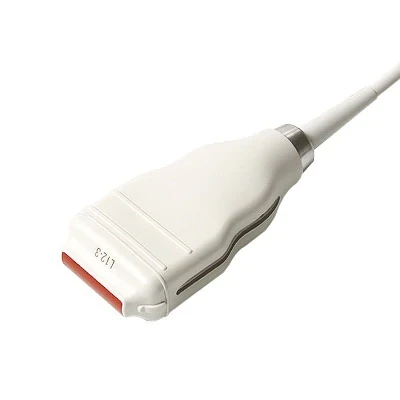
Surface Scanning
Linear probes are particularly well-suited for surface scanning. The ability to produce clear images of structures close to the skin's surface is invaluable in various medical procedures. Healthcare practitioners, for example, utilize linear probes to view blood vessels near the skin when performing vascular access operations such as putting central lines or arterial catheters, assuring correct insertion, and reducing problems.
Wide Field Of View
While linear probes excel at providing high-resolution pictures, their field of view is rather limited when compared to curved probes. Because of this, they are less appropriate for studying broader anatomical regions. Therefore, linear probes are generally not the first choice for imaging large organs or areas where a broader view is needed.
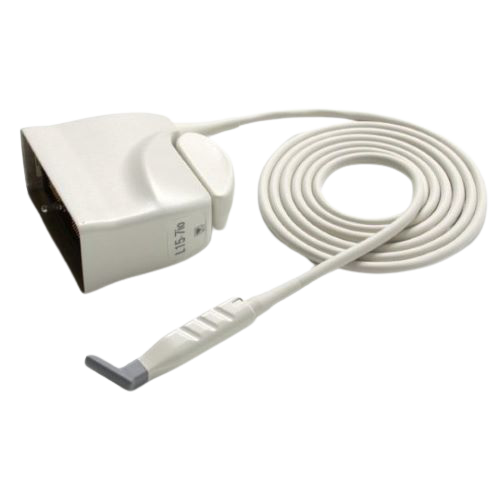
Philips L15-7io Linear Ultrasound Probe
Curved Ultrasound Probes
Curved ultrasound probes, also known as curved array probes or convex probes, have a curved transducer head that emits sound waves in a wide, fan-shaped beam. Curved probes are distinguished by the following characteristics and applications:
Large Field Of View
Curved probes provide a vast field of vision, which is one of its key advantages. The wide beam angle produced by these probes enables the imaging of larger anatomical structures or organs, such as the liver, kidneys, and uterus. In emergency medicine, where quick assessments are often necessary, curved probes are favored for their ability to rapidly visualize abdominal and pelvic regions.
Reduced Resolution
While curved probes excel at deep tissue imaging, they typically provide lower resolution compared to linear probes. This loss of picture clarity may impair the capacity to see tiny details in surface structures.
When it comes to depth and overall organ evaluation, radiologists and sonographers may choose curved probes over precise structural details. When choosing the right probe for a specific clinical setting, it's critical to find a balance between picture quality and depth.
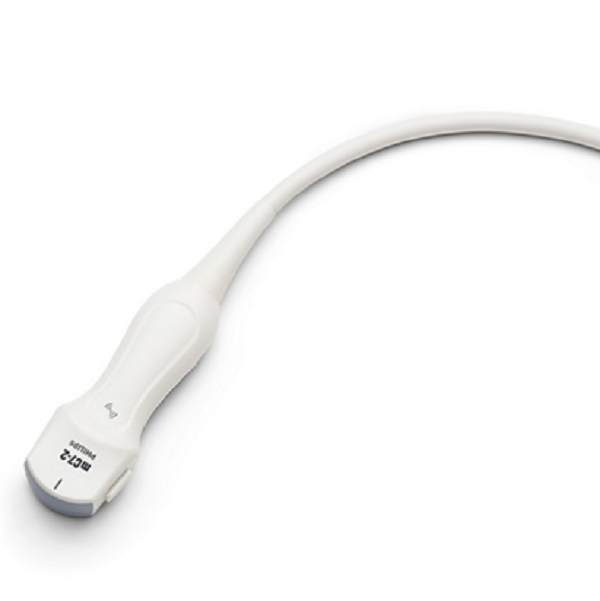
Philips mC7-2 Matrix Array Transducer
Curved Linear Transducer: A Hybrid Approach
The curved linear transducer is a hybrid innovation that combines elements of both linear and curved probe technology. This type of transducer is designed with a gently curving surface that allows for a compromise between the wide field of view of a curved probe and the higher-resolution imaging of a linear probe. It is an excellent choice for clinicians who require versatility in their ultrasound imaging, as it can be used for both superficial and deeper structures with reasonable clarity. The curved linear probe is particularly useful in settings where both a broad overview and detailed imaging are necessary, such as in certain abdominal assessments or musculoskeletal applications.
Choosing The Right Probe: Linear, Curved, or Curved Linear
Selecting the most suitable ultrasound probe—whether it's a linear probe, curved probe, or the versatile curved linear transducer—is a crucial decision in medical imaging. It can significantly impact the diagnostic process. Healthcare practitioners must consider the advantages and disadvantages of linear and curved probes based on the clinical goal, patient anatomy, and the desired balance of picture quality and depth. In some cases, a combination of both probe types may be used during an examination to ensure comprehensive data collection and accurate diagnoses. The versatility of ultrasound technology, combined with the expertise of healthcare professionals, continues to advance patient care and diagnostic accuracy in various medical fields.
Conclusion
Each ultrasound probe type, including linear, curved, and the hybrid curved linear array, has distinct advantages that make them excel in specific clinical scenarios, showcasing the adaptability and precision of modern ultrasound technology. If you are looking for ultrasound probes, Xity is a good choice for you. We offer a wide range of ultrasound probes including these two types. Come and shop in Xity at the best price!
 English
English
 Русский
Русский

